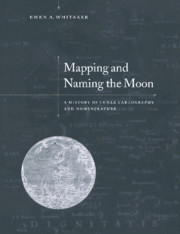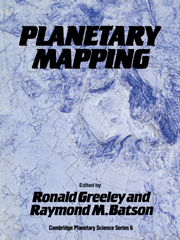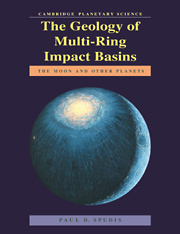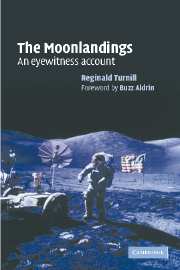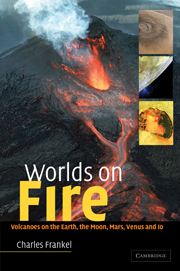Mapping and Naming the Moon
Almost 30 years after the Apollo missions, 'Tranquillity Base', 'Hadley Rille', or 'Taurus-Littrow' are names still resonant with the enormous achievements represented by the lunar landings. But how did these places get their names? Who named Copernicus Crater? Where did all those names on lunar maps come from, and what stimulated their selection? Ewen Whitaker traces the origins and evolution of the present-day systems for naming lunar features, such as craters, mountains, valleys and dark spots. The connections between the prehistoric and historic names, and today's gazetteer are clearly described. Beautiful lunar maps spanning four centuries of progress wonderfully illustrate the unfolding of our ability to map the Moon. Rare, early, photographs add to the sense of history. Comprehensive appendices and the bibliography make this delightful book a work of lasting reference and scholarship.
- The most complete collection of maps of the Moon ever assembled in one book
- The first collation of all lunar nomenclature in a single reference source
- Author advises the International Astronomical Union on lunar feature names
Reviews & endorsements
"...a well-illustrated and substantive reference of value to every astronomical library. Those invested in sky lore, astronomical history, and lunar depth will want a copy..." Griffith Observer
"...a welcome new book on the history of lunar mapping. Ewen Whitaker probably knows more about selenocartography and lunar nomenclature than anyone alive." Sky & Telescope
"The most compelling facet of Whitaker's study are the 112 reproductions of drawings and photographs of the moon from the seventeenth century to the present, which, taken together, constitute a rich visual history of efforts to portray lunar features for the public and for scientists...Whitaker's study...provides a unique record of the development of our image of the moon's surface over a period of more than three centuries." Isis
"...offers an exhaustive survey, accompanied with numerous illustrations, of such undertakings, and his labor of love is bound to make the volume the definitive treatment of the subject." American Scientist
"It is the scope of the book and the unusual topic that carry and keep the reader's interest...a straightforward cartographic history on an uncommon subject. Its content and organization is excellent and typical of academic histories...a very interesting book. It offers a point of view on cartography that I think most readers of this magazine will not have previously encountered." Professional Surveyor
"...extremely enjoyable and readable without oversimplifying...The appendices and references, along with the book itself, are a valuable resource for studies of lunar science and the history of science...I would recommend this excellent book to almost anyone." Meteoritics & Planetary Science
Product details
December 2003Paperback
9780521544146
264 pages
246 × 189 × 18 mm
0.486kg
158 b/w illus.
Available
Table of Contents
- Preface
- Introduction
- Part I. First Era: From Prehistoric Images to Archetype Map:
- 1. Pre-telescopic lunar observations
- 2. Early telescopic observations of the Moon
- 3. Van Langren (Langrenus) and the birth of selenography
- 4. Six more years of sporadic activity
- Part II. Second Era: From Archetype to Maturity:
- 5. 140 years of sporadic activity
- 6. A globe, tree rings, and a city
- 7. Lunar cartography comes of age
- Part III. Third Era: From proliferation to standardisation:
- 8. Lunar mapping in the Victorian period
- 9. Nomenclature gets international attention
- Part IV. The Space Age Demands Changes:
- 10. Setting up guidelines
- 11. Planets and satellites set the rules. Appendices 1 - 22.

